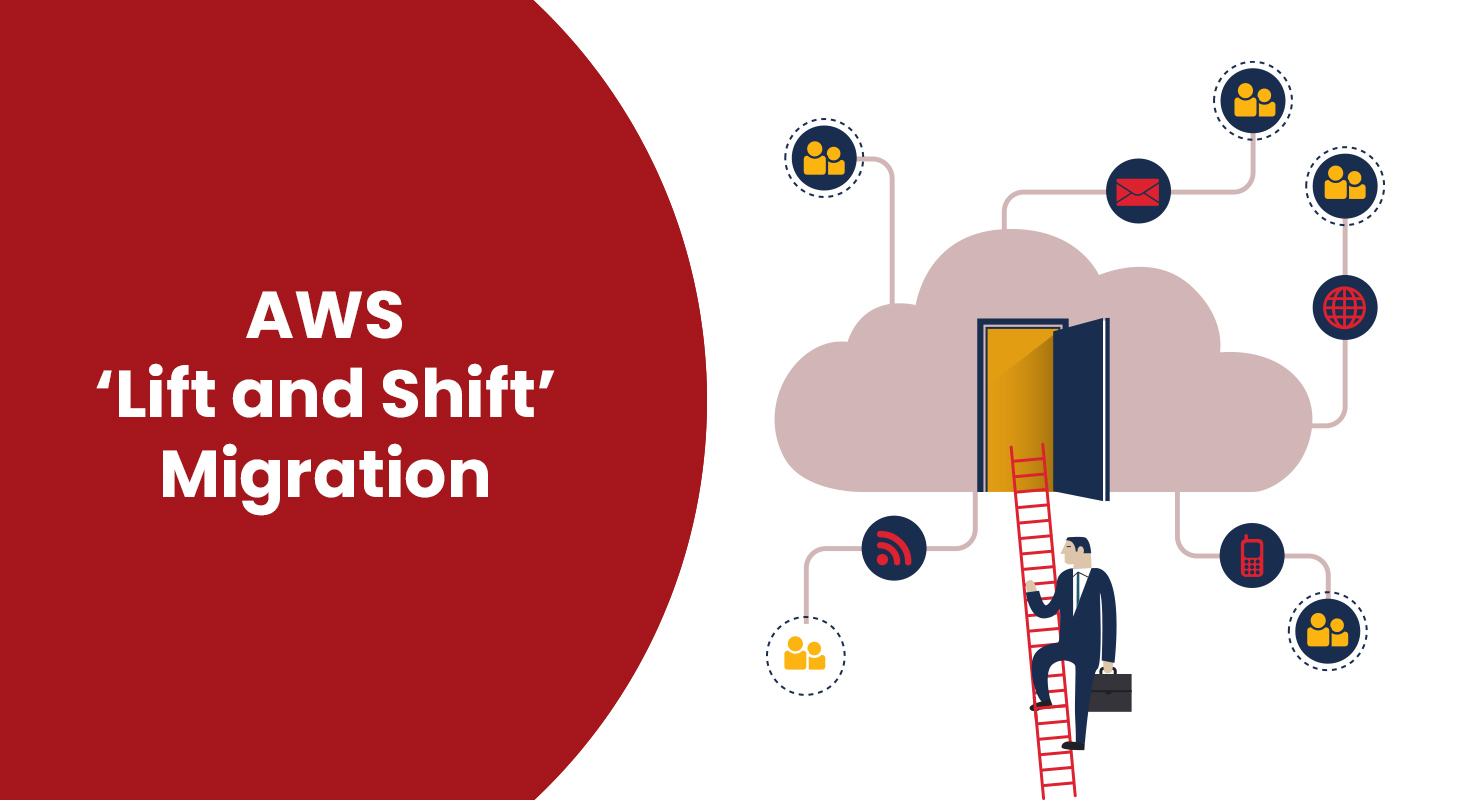Migrating mission-critical business applications to the cloud infrastructure can introduce multiple strategic and economic benefits, but the practicality of doing so often leaves IT managers scratching their heads. Tinkering with the status quo, especially with large-scale legacy systems containing terabytes of data that are powering the core of the client’s business, cannot be taken lightly.
As we’ve previously discussed on this blog, Amazon Web Services (AWS) has proven itself to be one of the most reliable cloud computing platforms available for enterprises looking to take advantage of everything the cloud has to offer. AWS has identified six main migration strategies that their customers have successfully used to migrate legacy systems and applications to the cloud. Each has its own pros, cons, and recommended use cases.
But is there really such a thing as a simple, fast, and (mostly) automated way to migrate to AWS? In fact, there is. It’s often referred to as “lift and shift.”
What is “Lift and Shift” migration?
Also known as rehosting, here’s how AWS describes the “lift and shift” migration strategy (bolding ours):
We find that many early cloud projects gravitate toward net new development using cloud-native capabilities, but in a large legacy migration scenario where the organization is looking to scale its migration quickly to meet a business
case, we find that the majority of applications are rehosted… Most rehosting can be automated with tools (e.g. AWS VM Import/Export, Racemi), although some customers prefer to do this manually as they learn how to apply their
legacy systems to the new cloud platform. We’ve also found that applications are easier to optimize/re-architect once they’re already running in the cloud, partly because your organization will have developed better skills to do so,
and partly because the hard part — migrating the application, data, and traffic — has already been done.
To summarize, the “lift and shift” — or, rehosting — migration strategy involves replicating in-house applications in the cloud without redesigning or re-architecting them. As such, it offers some clear advantages over other options especially if the migration is large and needs to be accomplished quickly:
- Fast
- Highly automated
- Easy
The benefits of rehosting in the cloud
As you plan your lift-and-shift migration you can expect lower costs overall, however, the migration needs to be seamless with special attention to third-party apps.
Lower cost
Re-architecting and/or redesigning applications to function optimally in the cloud is certainly an option, although the time and expense involved make it less than viable for many organizations. On the other hand, simply rehosting
your applications in the cloud offer a budget-friendly alternative that gets the job done quickly.
Third-party apps
In the case of off-the-shelf third-party applications (such as Atlassian Jira), the “lift and shift” strategy is essentially a no-brainer, since re-architecting isn’t an option. So, if your organization relies heavily on third-party apps, this may well be the best option for you even if you have the resources available to invest in redesign prior to migration.
Seamless
One of the key measures of success in any large-scale migration is how seamless the migration is as far as end users are concerned. A successful migration ensures that all of the functionality the end-users enjoyed prior to moving to the cloud should be readily available after the migration is complete, and at the same level of consistency, speed, and quality. This is certainly possible with rehosting, but — as with any migrations of mission-critical applications — it requires careful planning and execution. Multiple organizations have found that the expertise of a trusted and experienced cloud migration partner is invaluable in accomplishing this.
Once the migration is completed, the organization begins enjoying the numerous benefits that come from every successful cloud migration:
- Lower infrastructure costs
- Improved elasticity
- Improved reliability
- Enhanced security
These benefits can translate to other important gains including:
- Greater flexibility to introduce new tools and methodologies
- More options for optimization and continuous improvement
- Conserved resources that can be invested in growth and development
So, if you’re considering a large-scale migration to a cloud environment, you need to provide a fast, seamless experience for your end users. If you rely heavily on third-party applications (like the Atlassian tech stack), the “lift and shift” rehosting migration strategy may be the best option for you.
We’d like to help you “lift and shift” your applications to AWS. Click the link below to explore our AWS migration services.


